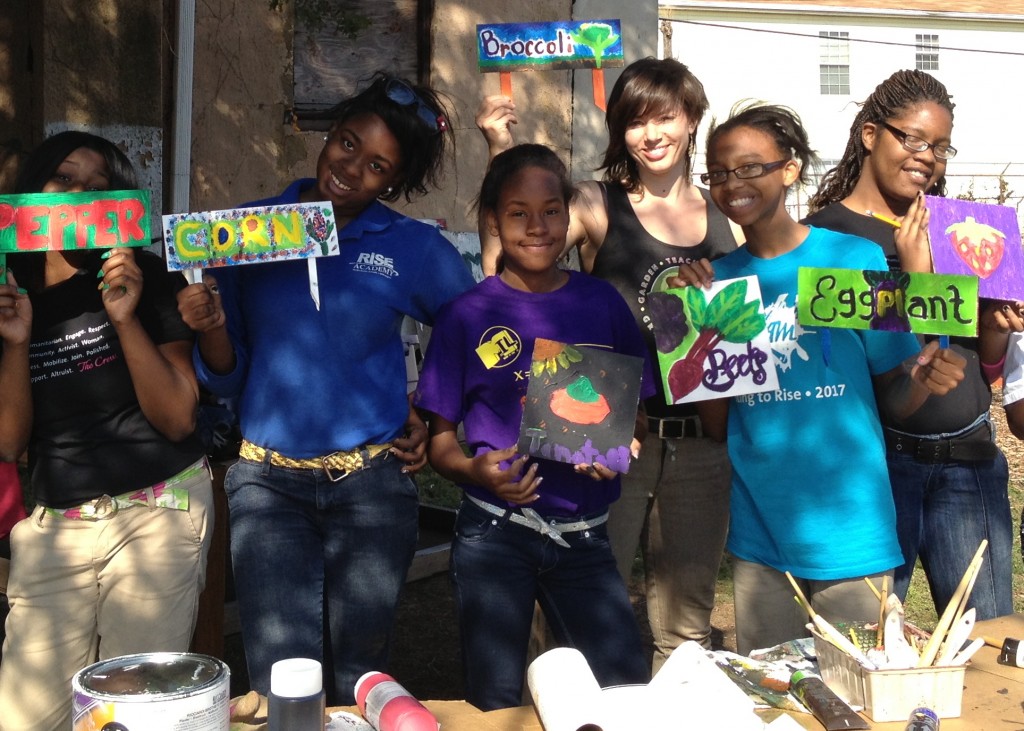Oh hey, people who want to bike safely to work, and people who hate traffic, and people who like clean air, and people who want our coastal cities not to be underwater in 100 years:
Would it surprise you to know that Copenhagen itself, that shining eco mecca of robust and teeming protected bike lanes – bike highways, really – was not always so? That up to the 1960’s, Copenhagen, too, according to People for Bikes, was just as jam-packed with smelly cars as the rest of the developed world is?
Well, yes. It was that late in the game that the bike-heaven of the world turned it around, creating vast networks of protected bike lanes and clearing public squares of cars. Think we can do it, too?
Signs point to yes. In fact, lots of the cool kids already are. New York is doing it, Chicago’s doing it, Minneapolis is doing it. Memphis, a city particularly dear to our hearts, is doing it. And here’s some very exciting news: up next to the plate is a city that for many of us probably still calls up images of SUV’s packed with outdoorsy gear, rather than of bicycles. Time to throw out your old ideas about the mile-high city; cyclists, meet the new Denver.

By this summer, two major protected bike lanes will have opened, with many more to follow.
The imminent changes are thanks in part to Aylene McCallum, Transportation & Research Manager at non-profit Downtown Denver Partnership, and her D.D.P. colleagues. About a year ago, McCallum and her boss approached the city of Denver to say that they planned to crowd-resource money to design some protected bike lanes for downtown. City officials immediately jumped in to partner on the project, and to greatly expand its scope.
“The city said, well, wait a second. Why don’t you let us do a protected bike lane plan. We’ll fund it,” says McCallum. “We’ll focus on downtown, but we’ll do it for the entire city. And how about you use the money that you raise to accelerate the implementation of one of the corridors that we identify in this bike lane plan? So we said ok, we’ll do that.”
In an incredibly streamlined and speedy fundraising push, McCallum personally approached local businesses that stood to benefit from the increased bike and foot traffic the protected lane would bring them. She approached, in other words, people who were already stakeholders in the project, but didn’t know it yet.
“You can’t just get a story on a blog or just get a story even in the newspaper or just get a story on TV,” says McCallum. “That’s not going to bring you to your goal. You have to set aside some time to send out personal emails and personal phone calls, and that’s really what makes the difference. We pulled lists of companies that were directly on the route, on Arapahoe Street and on the adjacent corridors, and did the majority of our outreach to those companies.”
The money was raised in no time, at which point a community meeting was held, and a straw poll taken to determine which major roads residents wanted to tackle first. McCallum says it was the most fun she’s ever had at a public meeting; the poll was a hit. Arapahoe Street won, and a summer 2015 opening is slated for the new protected lane, along with it’s sister lane, which will run on a parallel street, in the opposite direction.
McCallum is herself exactly the kind of Denver resident and hopeful cyclist that she wishes were out pedaling on the roads. She’s what she calls an “interested but concerned” cyclist. She’d like to bike to her work in downtown Denver, but with two young children and a husband at home, it simply isn’t worth the risk. The city still doesn’t quite feel safely broken in for cyclists.
“I’m a mom now, I have two kids,” says McCallum. “A lot of people that work in downtown have families and are really worried about their safety, but they want to ride bikes because they’re active people and they want to use active transportation more. They’re concerned about their safety in Downtown with the high volumes of traffic, and distracted drivers. You want a little bit more protection.”
Looks like McCallum and her many interested but concerned peers won’t have to wait long; maybe we’re not as far behind Copenhagen as it seems. For a map of the new protected lane site, and lots more info, check out the Arapahoe Street Protected Bike Lane ioby campaign page.




